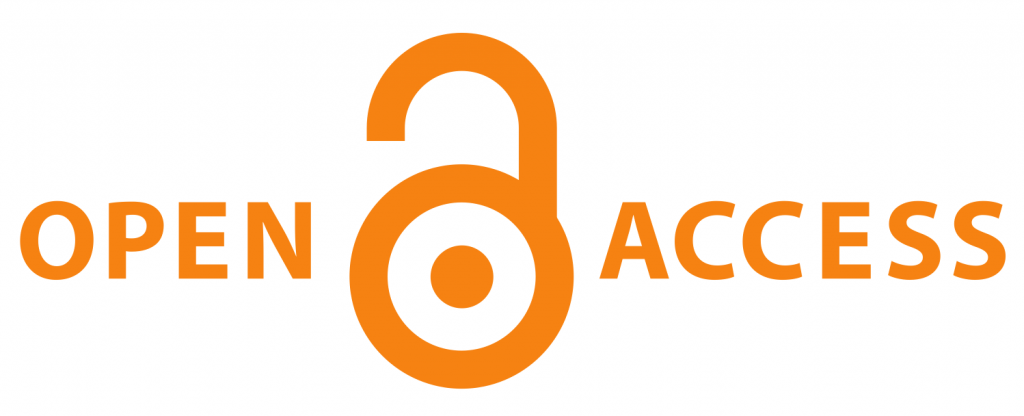Critical review of management of Garbhasrava
DOI:
https://doi.org/10.21760/jaims.9.11.17Keywords:
Garbhasrava, Garbhapata, Garbhini Paricharya, Masanumasik Garbhasravahar Chikitsa, Recurrent Abortions, Spontaneous AbortionsAbstract
All women aspire to experience the joy of pregnancy and dream of giving birth to a healthy child. The significance of delivering a healthy baby is universally acknowledged. However, from the moment of conception to the point of delivery, the pregnancy journey is susceptible to various potential complications; one such complexity is recurrent abortions. As per Acharya Sushruta, it is known as Garbhasrava for up to four months highlighting the liquid nature of the product of conception. Subsequently in fifth and sixth month it is called as Garbhapata signifying that by this stage, the fetal parts have achieved a degree of stability. Ayurveda is an ancient system of medicine that addresses both preventive and curative aspects of individual health. Ensuring the prevention of Garbhasrava involves adhering to appropriate Garbhini Paricharya practices. The treatment of Garbhasrava, as outlined by Acharya Sushruta, involves the curative approach known as Masanumasik Garbhasravahar Chikitsa. Here an attempt has been undertaken to analyze both the preventive and curative dimensions, aiming to establish a base for clinical practices in the prevention and treatment of Garbhasrava.
Downloads
References
Narendra Malhotra, PK Shah, Hema Divakar, Principles and Practice of Obstetrics and Gynecology for Postgraduates, Jaypee brothers’ medical publishers, new delhi, fourth edition, Chapter 18, page no. 162
Williams Obstetrics 24th edition, chapter no. 18, page no. 358
Pratap Kumar, Narendra Malhotra, Jeffcoate’s Principle of Gynaecology, seventh international edition, Jaypee brothers’ medical publishers, chapter no. 8, page no. 131.
Dr. Prof. Premvati Tewari, Ayurvediya Prasuti Tantra Evum Striroga, Part-1, Prasuti Tantra, Chaukhambha Orientalia, Varanasi, revised and enlarged second edition 1999, reprint 2017, chapter no. 7, Page.No – 321
Vidyotini HindI Commentary of Acharya Kashinath Shastri and Gorakhnath Chaturvedi on Charak Samhita of Charaka, Sharir Sthana, Chapter 8, verse no. 32, Varanasi; Chaukhambha Bharati Academy, 2019; page no.937.
Ayurveda Tatva Sandipika Hindi Commentary of Acharya Ambika Datta Shastri on Sushruta Samhita of Sushruta, Sharir Sthana, chapter 10, verse no. 3, Varanasi; Choukhamba Sanskrit sansthan, 2018; page no 98
Vagbhata, Commentary, Indu Commentary of Vaidhya Anant Damodar Athavale on Ashtanga Sangarha, Sharirsthan, chapter 3, verse no 2, 1st edition, Pune, Shree Mada Atreya Prakashan, 1980; 280.
Vaidya Jaimini Pandey, Harit Samhita, Nirmala Hindi Teeka, Chaukhamba Vishva Bharti, Varanasi, reprint year 2016, chapter 49, verse no.2.
Dr. Prof. Premvati Tewari, Ayurvediya Prasuti Tantra Evum Striroga, Part-1, Prasuti Tantra, Chaukhambha Orientalia, Varanasi, revised and enlarged second edition 1999, reprint 2017, chapter no. 5, Page.No – 227
Vidyotini Hindi Commentary of Acharya Kashinath Shastri and Gorakhnath Chaturvedi on Charak Samhita of Charaka, Sharir Sthana, Chapter 8, verse no. 32, Varanasi; Chaukhambha Bharati Academy, 2019; page no.937.
Jyoti M. Ganer, Umapati C. Baragi. Role of Diet and Nutrition in Pregnancy - An Ayurvedic Perspective. J Ayurveda Integr Med Sci 2016;4:65-72. http://dx.doi.org/10.21760/jaims.v1i4.6920
Vaidya Jaimini Pandey, Harit Samhita, Nirmala Hindi Teeka, Chaukhamba Vishva Bharti, Varanasi, reprint year 2016, chapter 49, verse no.2.
Ekta, Seema Shukla. Conceptual Study of Garbhini Paricharya as per Harita Samhita. AYUSHDHARA, 2021;8(5):3551-3560.
Vidyotini Hindi Commentary of Acharya Kashinath Shastri and Gorakhnath Chaturvedi on Charak Samhita of Charaka, Sharir Sthana, Chapter 8, verse no. 32, Varanasi; Chaukhambha Bharati Academy, 2019; page no.937.
Ekta, Seema Shukla. Conceptual Study of Garbhini Paricharya as per Harita Samhita. AYUSHDHARA, 2021;8(5):3551-3560.
Pratima Yadav and Ajay Kumar. Efficacy of Shastika Shali Pinda Sweda in Muscular Dystrophy: A Case Study. Int. J. Res. Ayurveda Pharm. 2021;12(4):12-14
Vaidya Jaimini Pandey, Harit Samhita, Nirmala Hindi Teeka, Chaukhamba Vishva Bharti, Varanasi, reprint year 2016, chapter 49, verse no.2.
Kukkupuni SK, ShashiKumar A, Venkatasubramanian P. Fermented milk products: Probiotics of Ayurveda. Journal of Medical Nutrition and Nutraceuticals, 2015 Jan 1; 4(1): 14.
Anubha C, Mohanlal J. Therapeutic benefits of Takra for human health. International Journal of Ayurveda and Pharma Research, 2016 Sep 2; 4(8)
Vidyotini Hindi Commentary of Acharya Kashinath Shastri and Gorakhnath Chaturvedi on Charak Samhita of Charaka, Sharir Sthana, Chapter 8, verse no. 32, Varanasi; Chaukhambha Bharati Academy, 2019; page no.938.
Kaviraj Atridev Gupta, Ashtaanghridayam of Vagbhata, Vidyotini teeka, Chaukhamba prakashan sharir sthaan chapter 1 verse no. 5
Ayurveda Tatva Sandipika Hindi Commentary of Acharya Ambika Datta Shastri on Sushruta Samhita of Sushruta, Sharir Sthana, chapter 10, verse no. 63-69, Varanasi; Choukhamba Sanskrit sansthan, 2018; page no 112.
P.V. Sharma Dravyaguna-Vijnana vol 2, Chaukhamba Bharati Academy, Varanasi, reprint year 2015
King JC. Determinants of maternal zinc status during pregnancy. American Journal of Clinical Nutrition. 2000; 71: 1334S-1343S.
Jou MY, Philipps AF, Lonnerdal B. Maternal zinc deficiency in rats affects growth and glucose metabolism in the offspring by inducing insulin resistance postnatally. Journal of Nutrition. 2010; 140: 1621-1627.
Vural P, Akgül C, Yildirim A, Canbaz M. Antioxidant defense in recurrent abortion. Clin Chim Acta. 2000;295(12):169–177.
Wenqi Du, Chao Ye, Yunjun Lin, Hongbo Zhai, Jianmei Xia: Study on the clinical value of vitamins in recurrent spontaneous abotion, American Journal of Reproductive Immunology/ Volume 91, Issue 1/ e13810.
Nelen WL, Blom HJ, Steegers EA, den Heijer M, Thomas CM, Eskes TK. Hemocystein and folate levels as risk factors for recurrent pregnancy loss. Obstet Gynecol. 2000;95(4):519-524.
Ronnenberg AG, Goldman MB, Chen D, Aitken IW, Willett WC, Selhab J, et al. Preconception folate and vitamin B status and clinical spontaneous abortion in Chinese women. Obstet Gynecol. 2002;100(1):107-113.
de la Calle M, Usandizaga R, Sancha M, Magdaleno F, Herranz A, Cabrillo E. Homocysteine, folic acid and Bgroup vitamins in obstetrics and gynecology. Eur J Obstet Gynecol Reprod Biol. 2003;107(2):125-134.
Ronnenberg AG, Venners SA, Xu X, Chen C, Wang L, Guang W, et al. Preconception B-vitamin and homocysteine status,conception and early pregnancy loss. Am J Epidemiol. 2007;166(3):304- 312.















